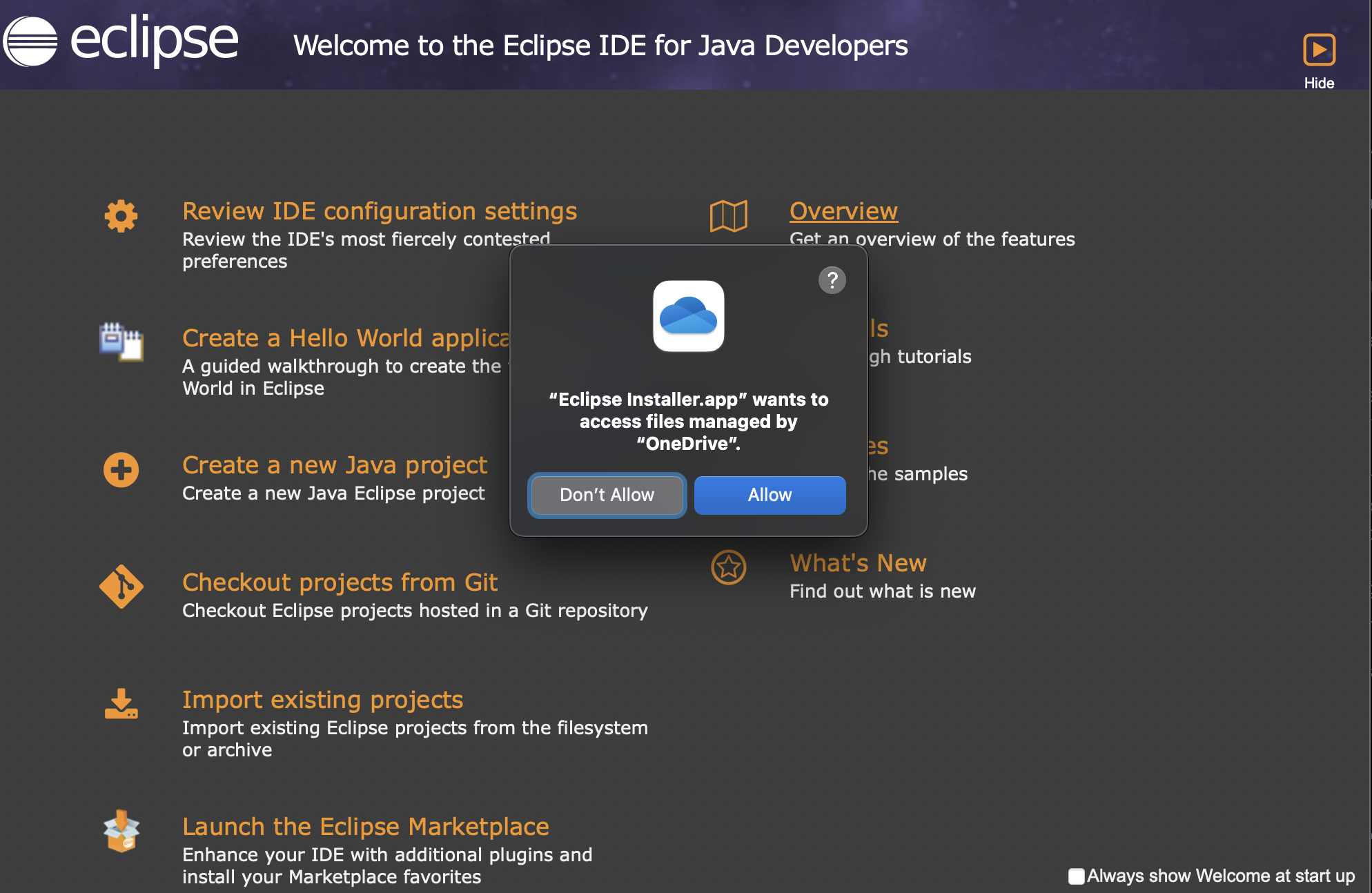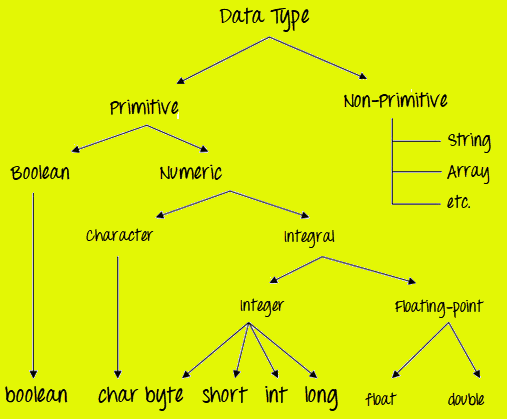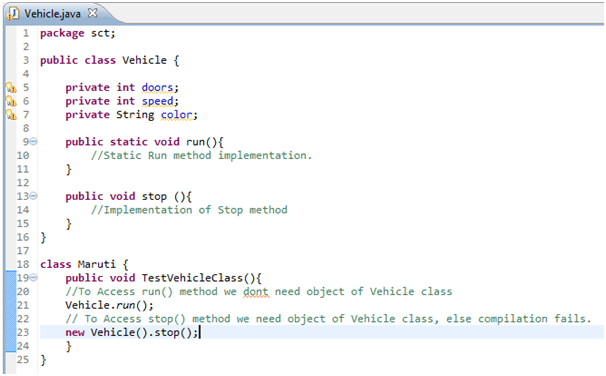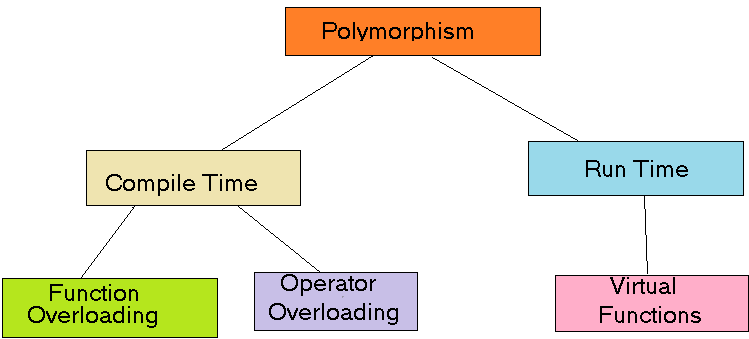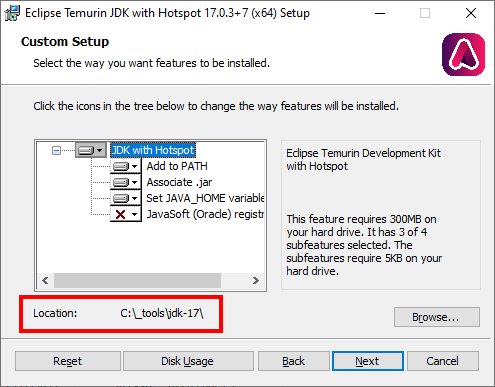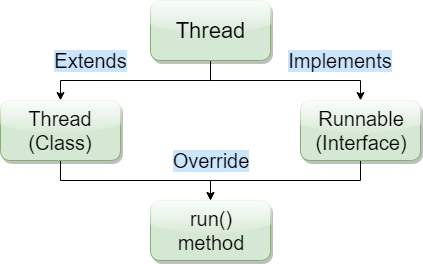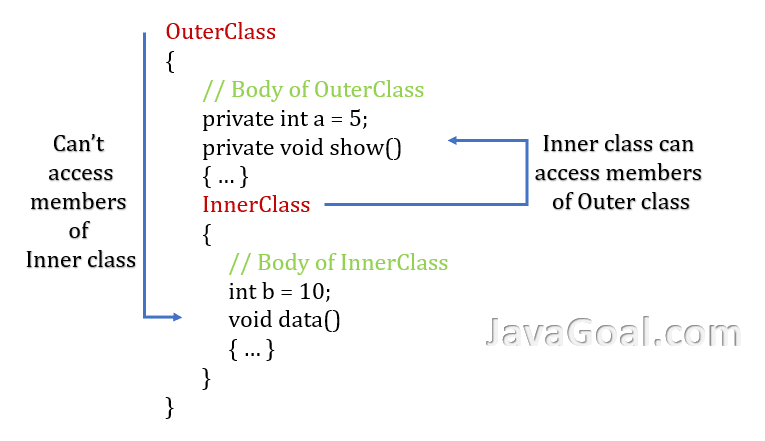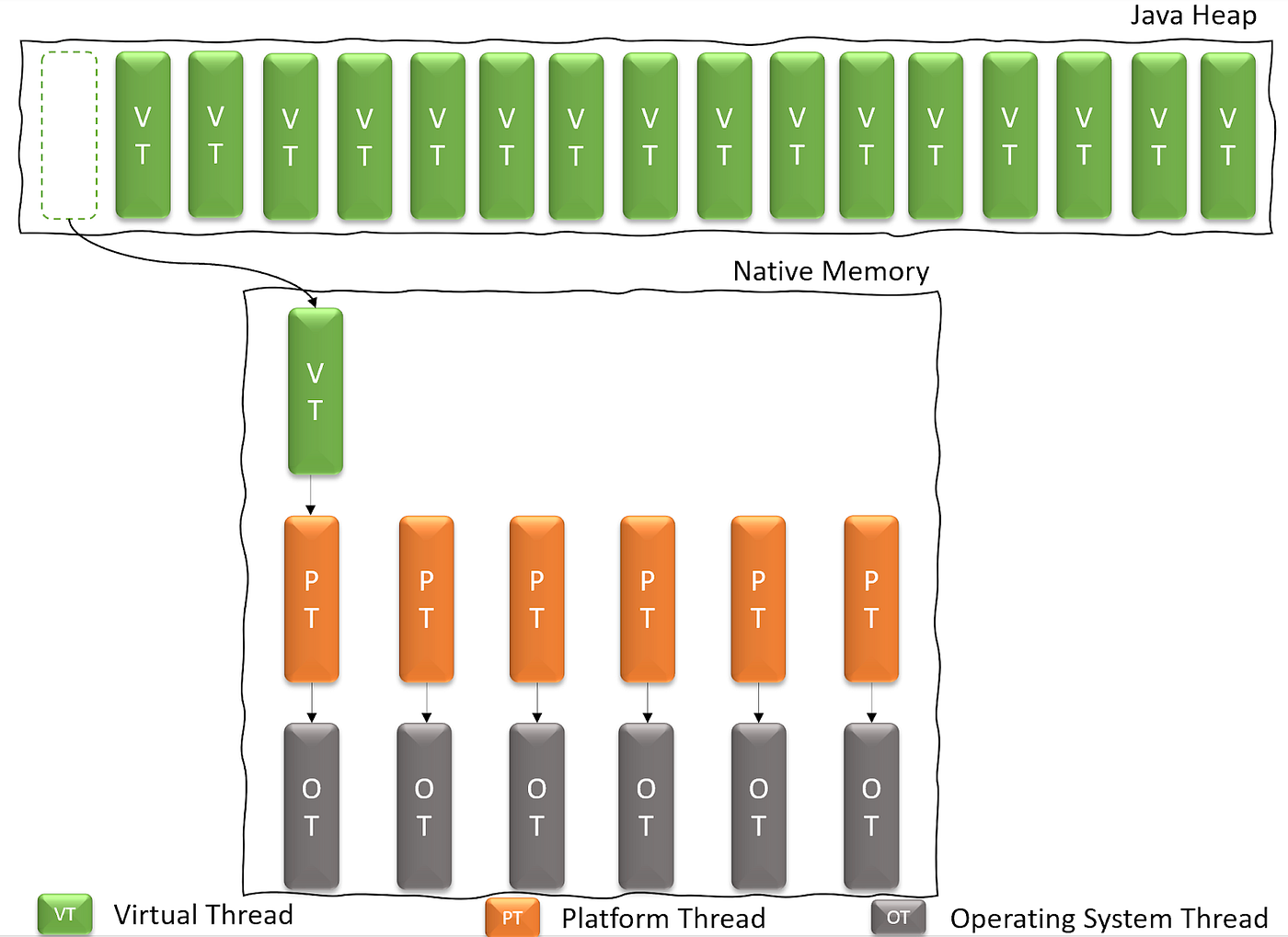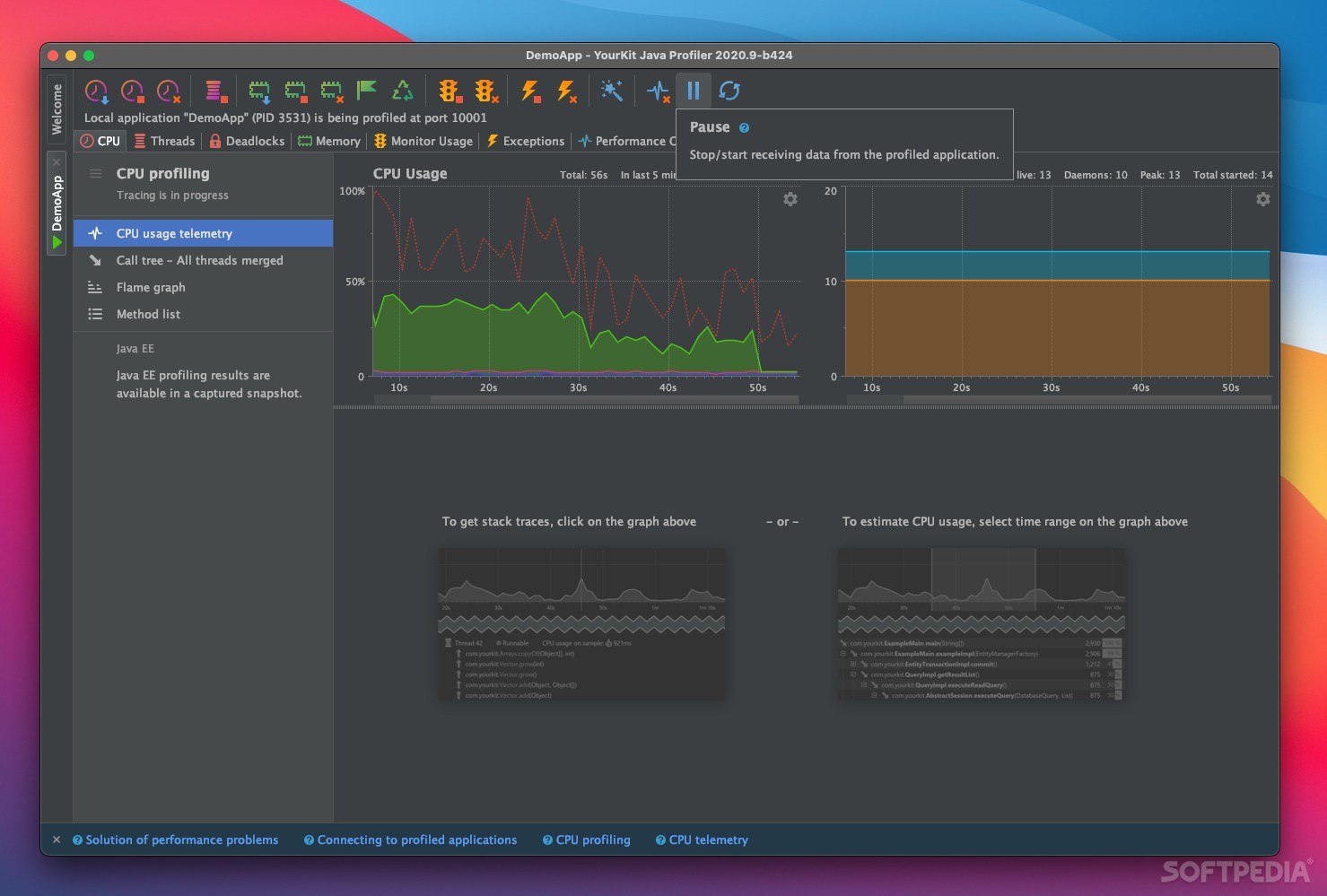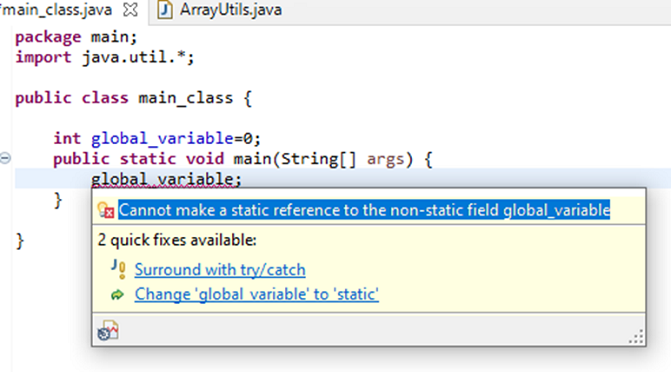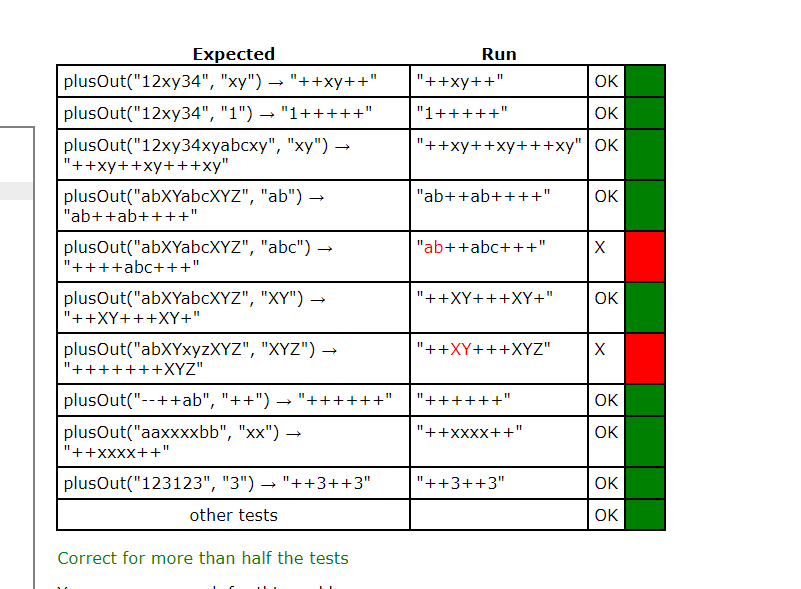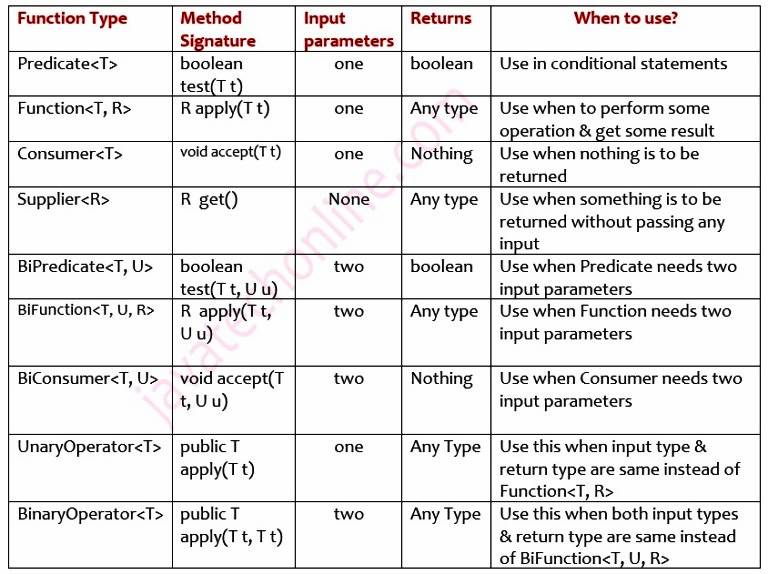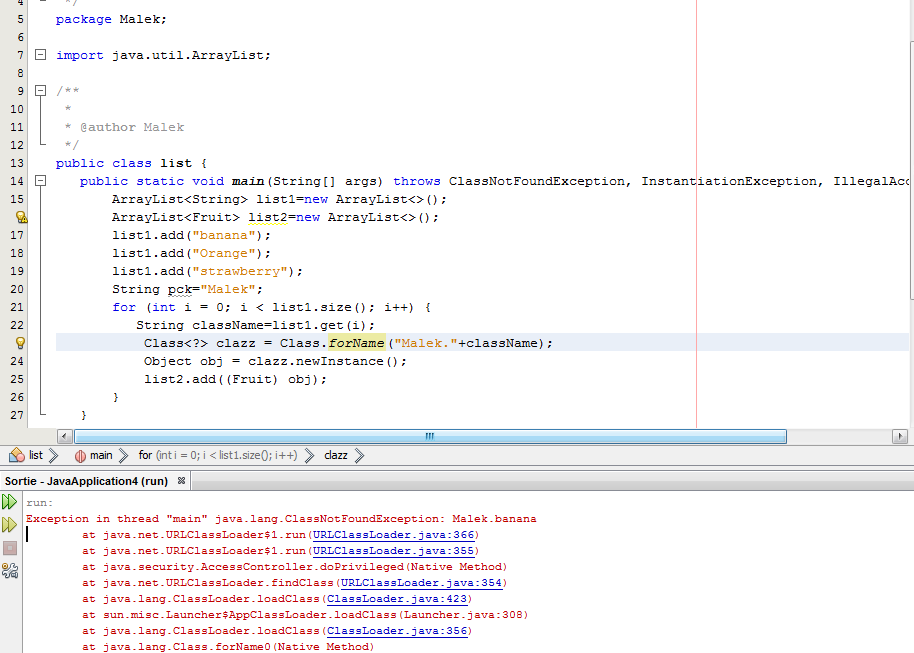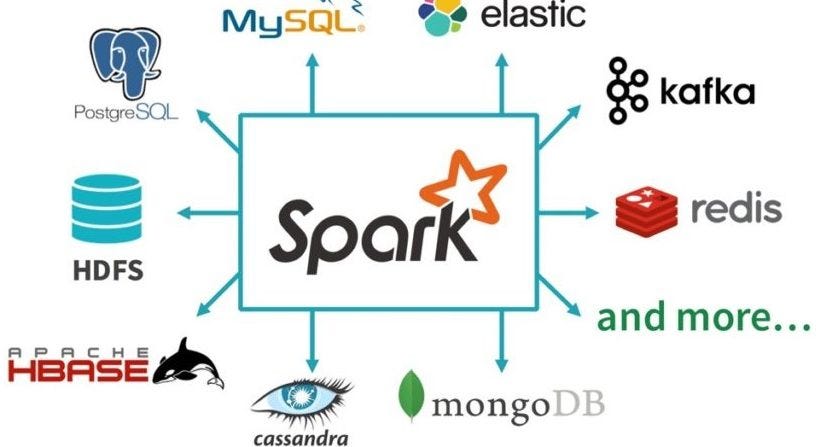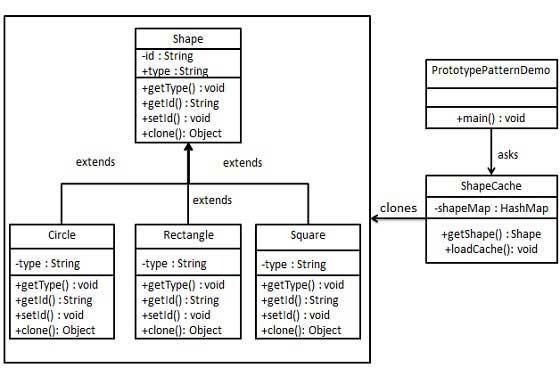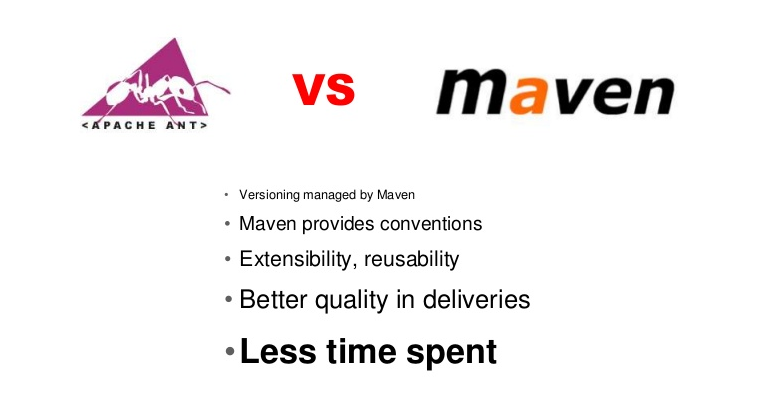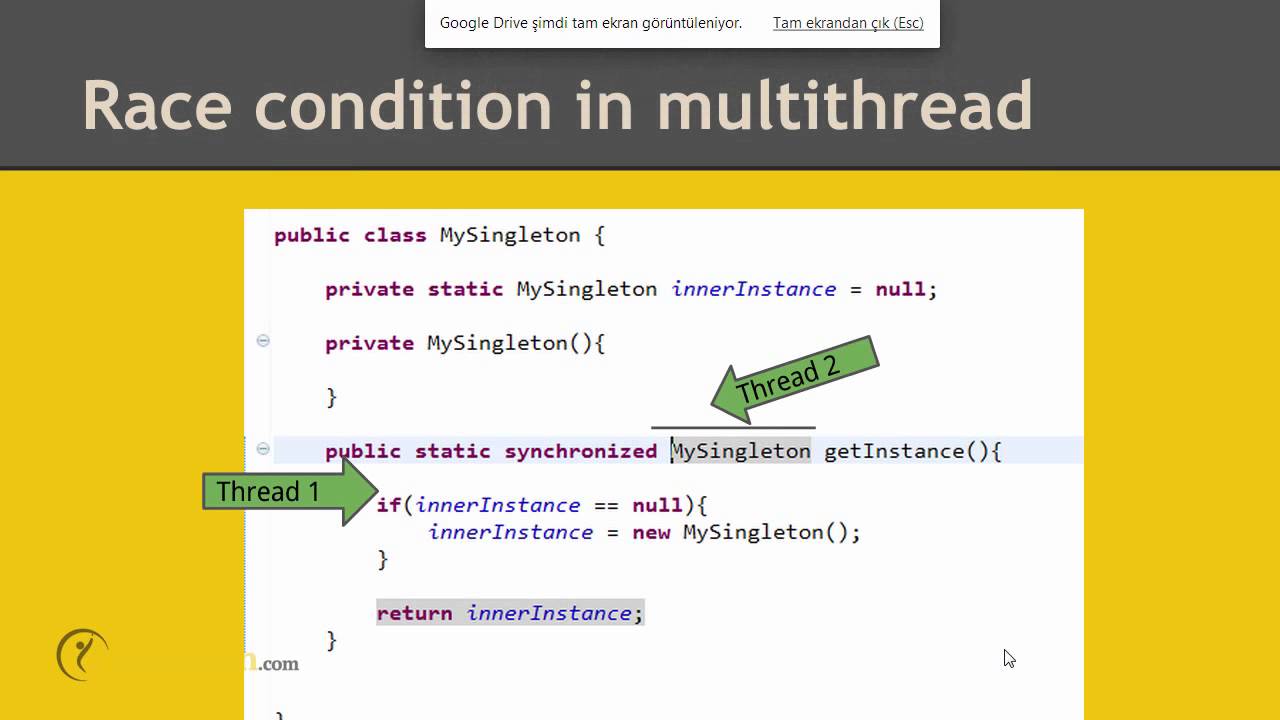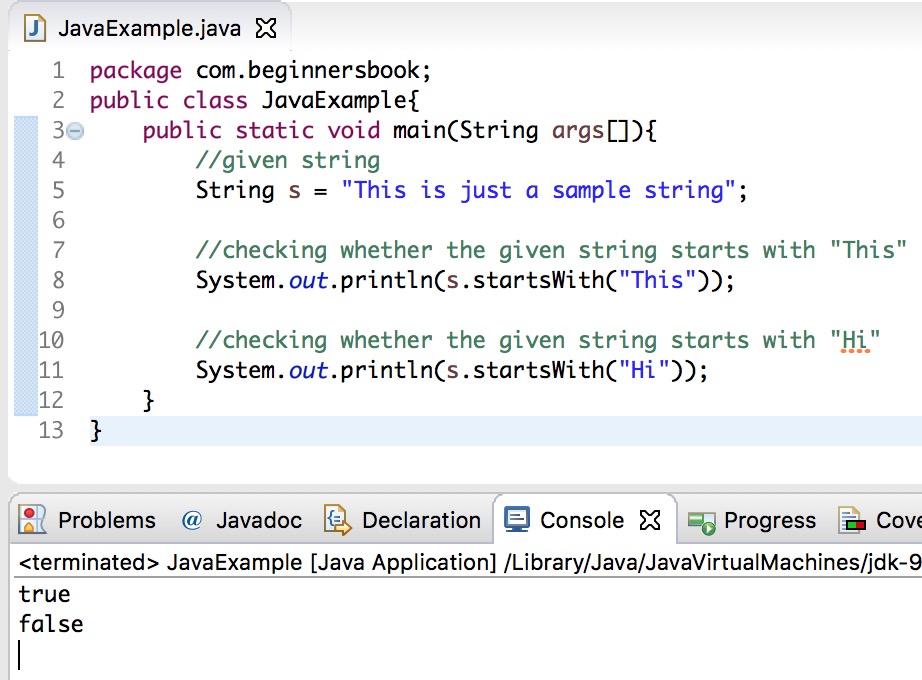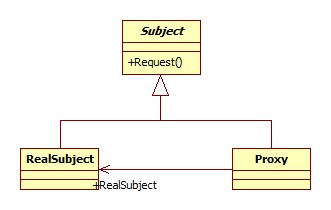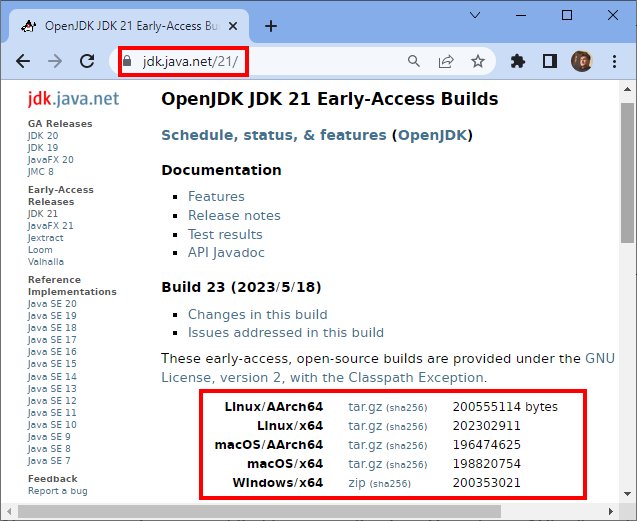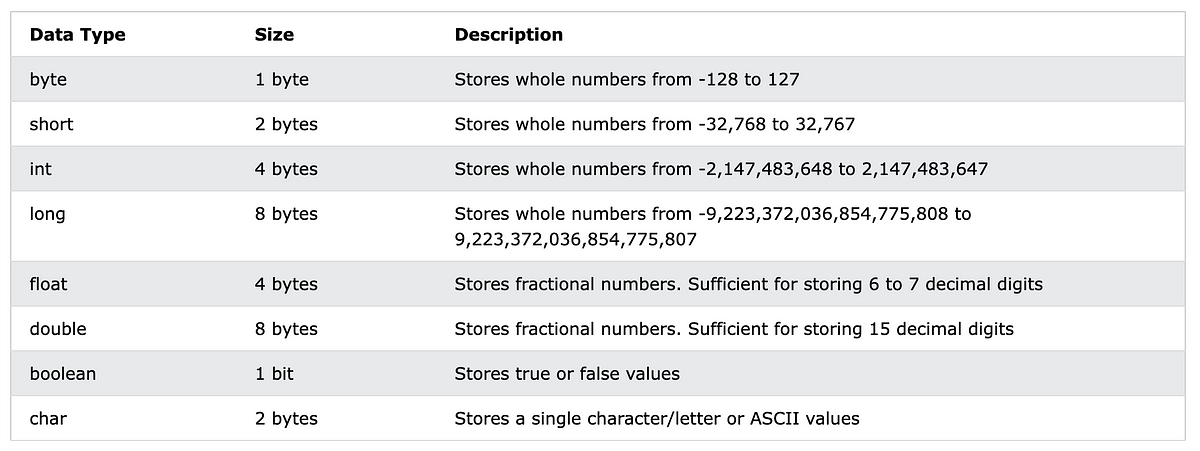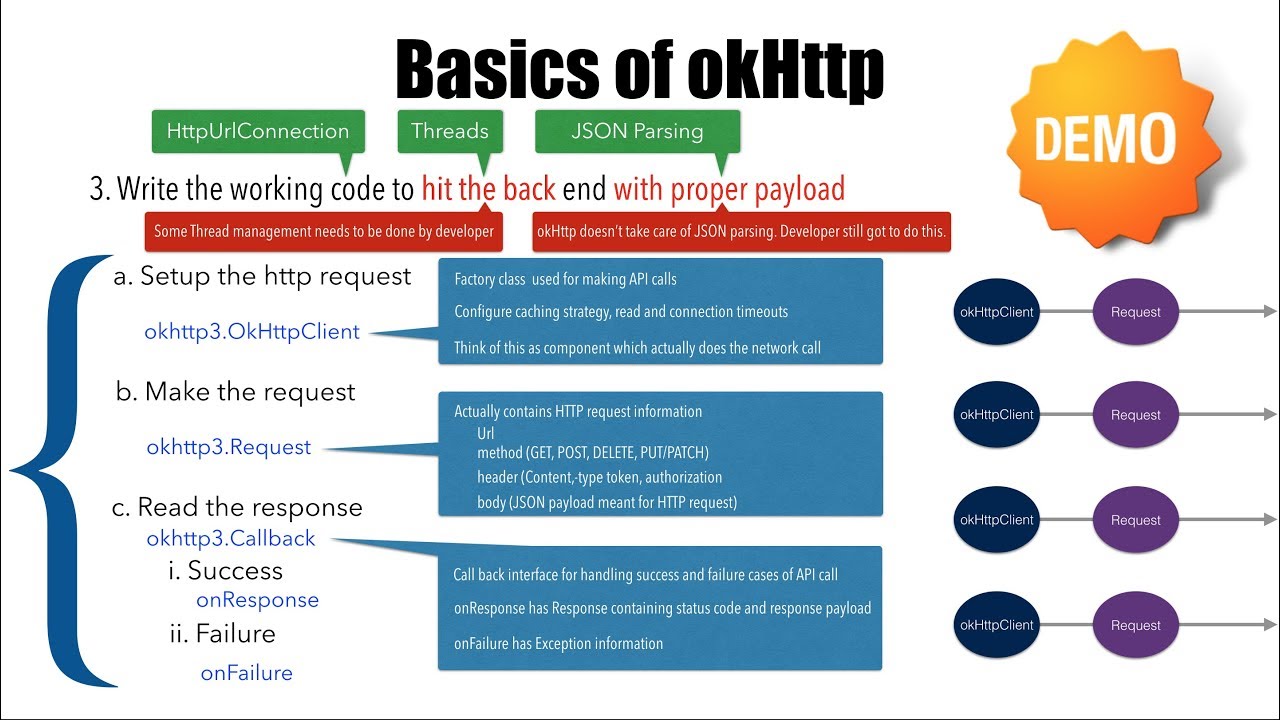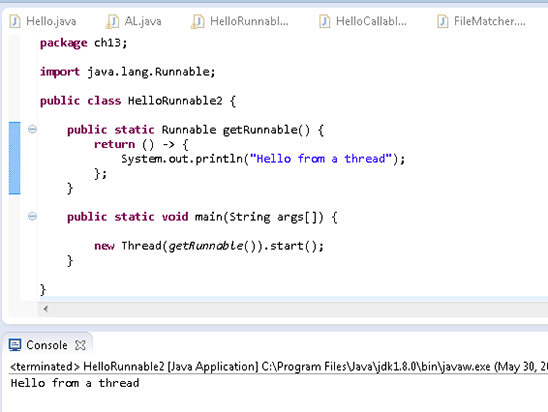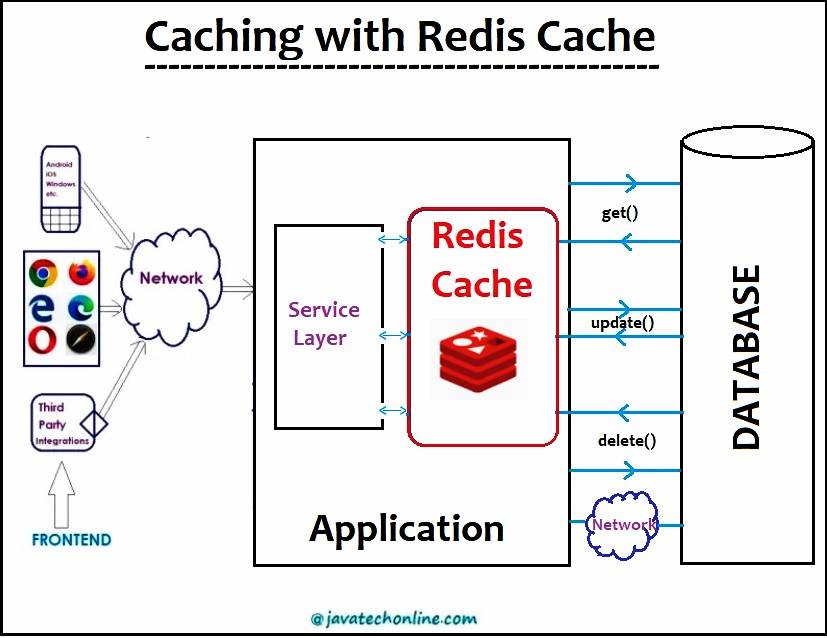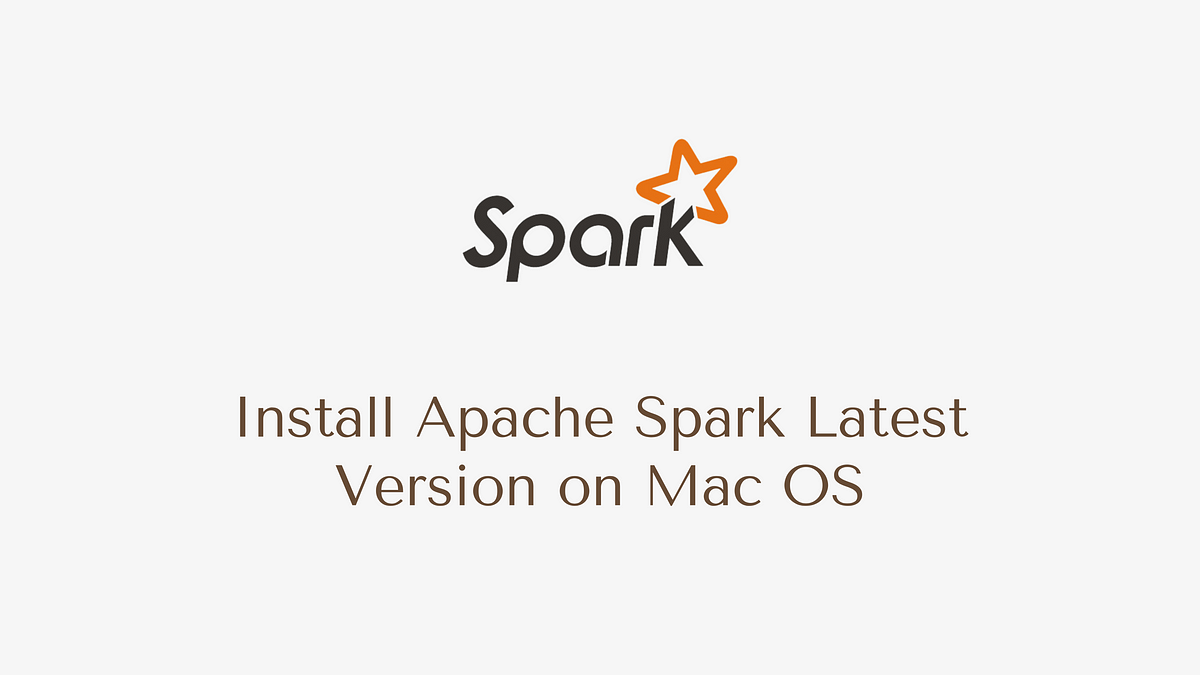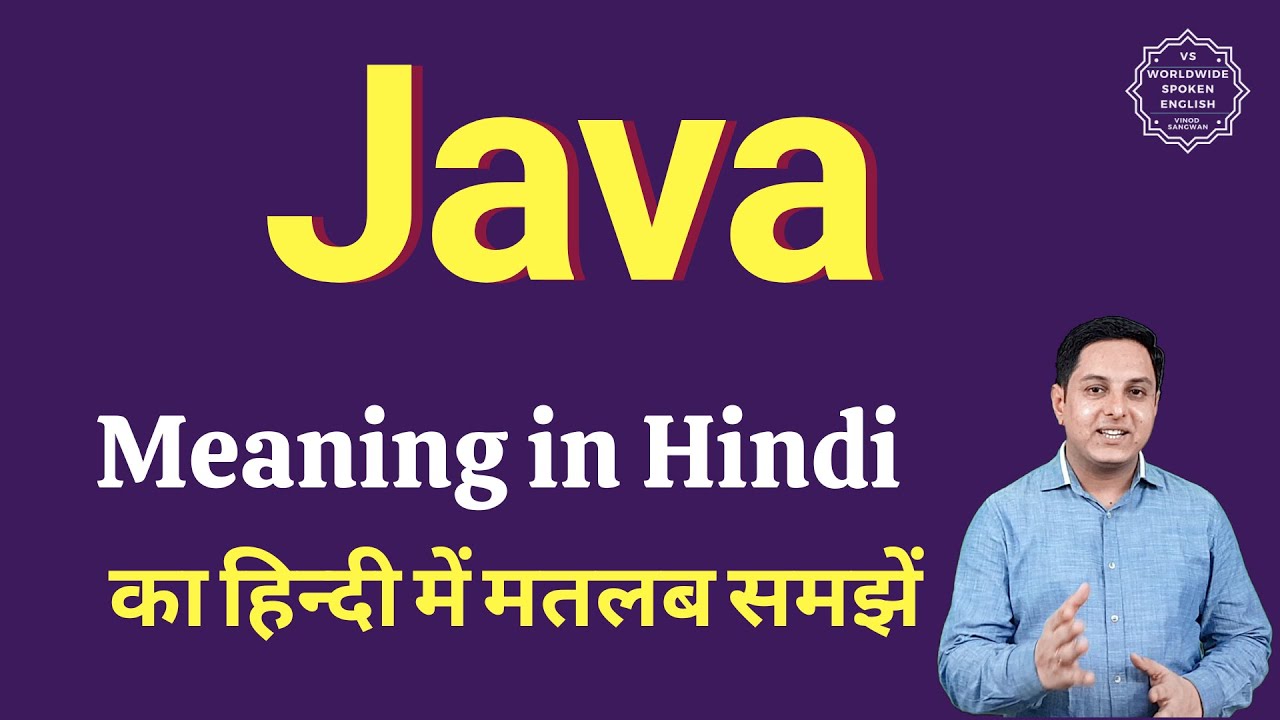Java definition for Interview
Java definition for Interview
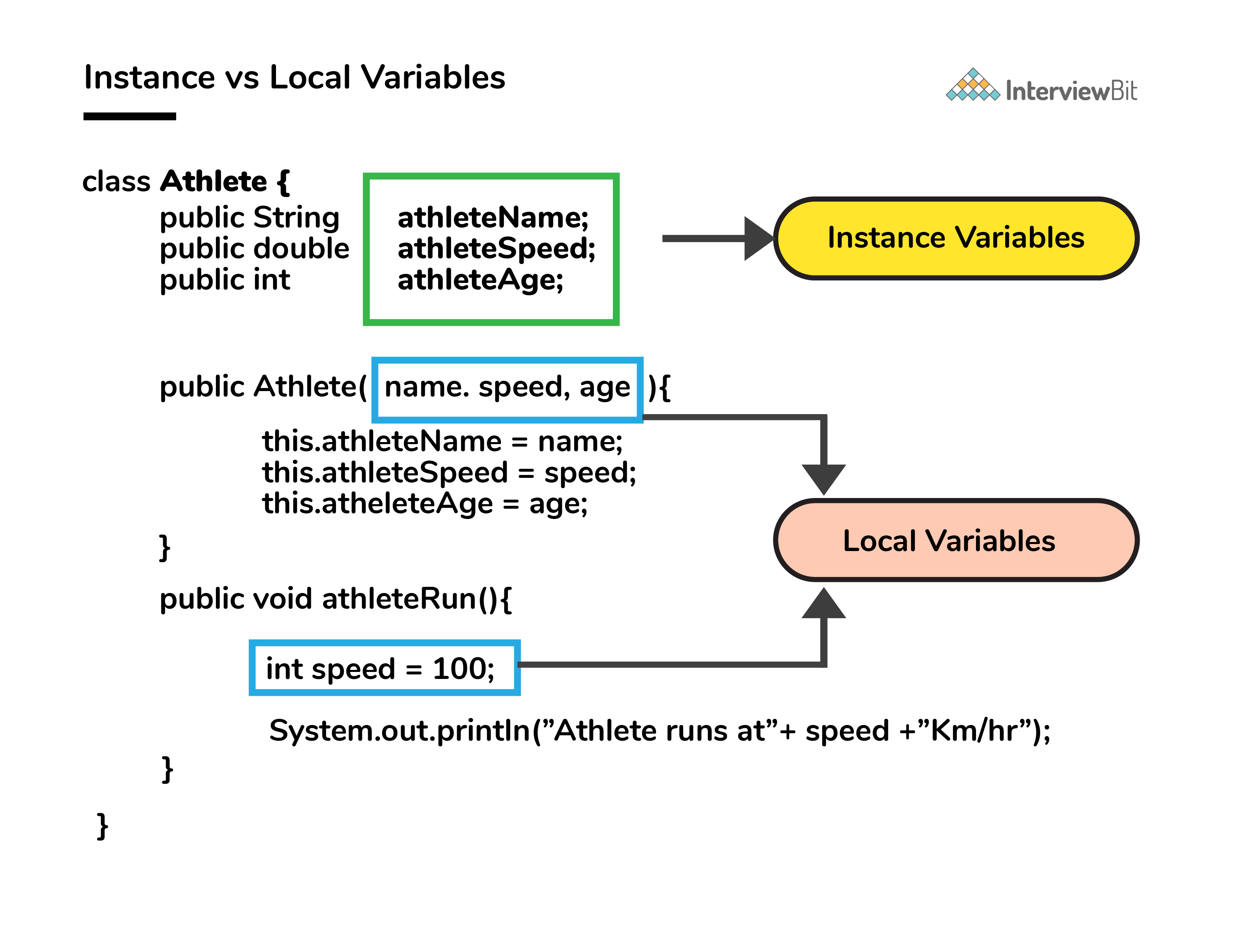
Here is a comprehensive Java definition that covers common interview questions and topics:
Introduction to Java
Java is an object-oriented programming language developed by Sun Microsystems (now owned by Oracle Corporation). It's designed to be platform-independent, meaning programs written in Java can run on any device that has a JVM (Java Virtual Machine) installed.Key Features of Java
Platform-Independence: Java code can run on any device with a JVM, without requiring recompilation or changes. Object-Oriented Programming (OOP): Java is an OOP language, which means it supports concepts like encapsulation, inheritance, polymorphism, and composition. Garbage Collection: Java has automatic garbage collection, which frees the developer from worrying about memory management. Multithreading: Java has built-in support for multithreading, allowing programs to run multiple threads concurrently. Robust Security: Java has a strong focus on security, with features like sandboxing and digital signatures.Java Syntax
Variables: In Java, variables are declared using thetype name; syntax (e.g., int x;) Operators: Java supports standard arithmetic operators (+, -, *, /, %, etc.), as well as logical operators (&&, ||, !, etc.). Control Flow: Java has support for if-else statements, switch statements, and loops (e.g., for, while, do-while).
Java Classes and Objects
Class Definition: In Java, a class is defined using thepublic class ClassName { ... } syntax. Constructors: Constructors are special methods that initialize objects when they're created. They have the same name as the class. Methods: Methods are blocks of code that can be called multiple times. They can take arguments and return values.
Java Inheritance
Inheriting from a Parent Class: A child class inherits properties and behavior from its parent class using inheritance syntax (e.g.,public class Child extends Parent { ... }). Overriding Methods: Child classes can override methods inherited from their parents to provide custom behavior.
Java Exception Handling
Try-Catch Blocks: Java has try-catch blocks that allow programs to catch and handle exceptions gracefully. Throwing Exceptions: Classes can throw custom exceptions using thethrow keyword.
Common Java Interview Questions
What is the difference between== and .equals() in Java? == checks for reference equality, while .equals() compares object values. How do you handle exceptions in Java? Use try-catch blocks to catch and handle exceptions. Can you explain Java's garbage collection mechanism? Automatic memory management that frees the developer from worrying about memory leaks. What is a finally block in Java? Code that executes regardless of whether an exception was thrown or not. How do you implement multithreading in Java? Use threads and synchronized blocks to achieve concurrency.
Additional Tips
Read the Problem Carefully: Take time to understand the problem and what's being asked. Break Down Complex Problems: Divide complex problems into smaller, more manageable parts. Test Your Code: Write test cases to verify your code works as expected. Practice, Practice, Practice!: The best way to improve is by practicing with sample questions and coding exercises.That's a comprehensive overview of Java basics and interview topics. Good luck with your Java interview!
How do you explain Java to a child?
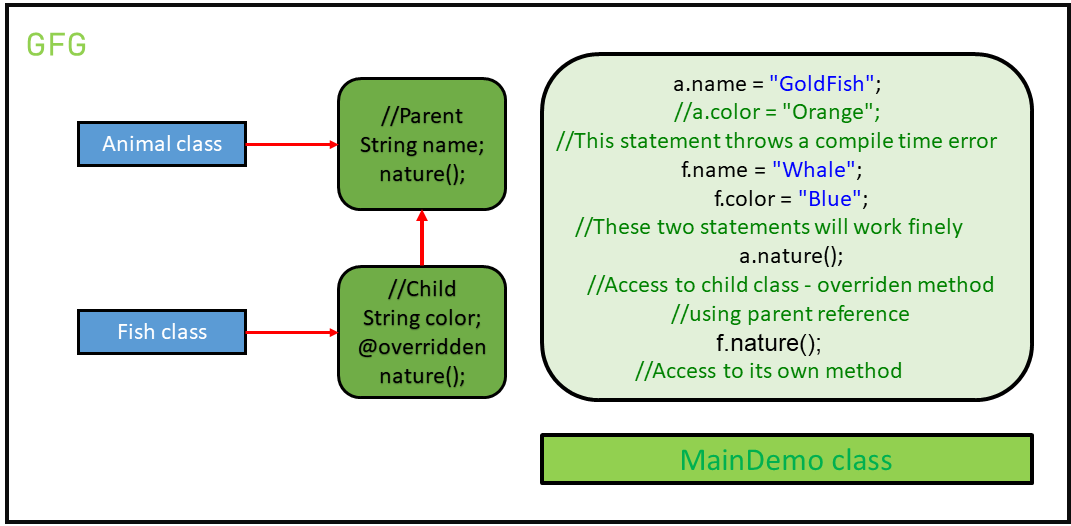
Hey there! So, you want to know about this thing called "Java", right? Well, let me tell you - it's actually pretty cool!
So, imagine you're playing with Legos, and you want to build something really awesome. You have all these different Lego pieces, like bricks, windows, doors, and stuff. But, instead of building a physical castle or car, Java is like a special set of instructions that tells your computer what to do.
Think of it like this: when you write code in Java, you're basically telling your computer how to build something really cool, like a game or an animation. And just like how you would use different Lego pieces to make different things, Java uses different "words" and "commands" to tell the computer what to do.
For example, let's say you want to make a simple game where a character moves across the screen. You could write some Java code that says something like: "Hey, computer! I want this character to move 5 steps to the right, and then wait for 2 seconds before moving again." And then, boom! Your character starts moving!
But here's the really cool thing about Java: it's not just limited to games or animations. You can use it to make all sorts of things, like apps for your phone, websites, or even robots! Yeah, you read that right - robots!
So, how does it work? Well, when you write Java code, it gets translated into a special language that the computer can understand. Then, the computer uses that code to do what you told it to do.
For example, let's say you want to make a simple calculator app for your phone. You could write some Java code that says something like: "Hey, if someone types in '2+2', I want the answer to be displayed as '4'." And then, voila! Your calculator app is born!
So, that's Java in a nutshell (or should I say, a Lego brick?). It's like writing special instructions for your computer to follow, and it can help you make all sorts of cool things. Who knows - maybe one day you'll use Java to create something amazing that changes the world!
